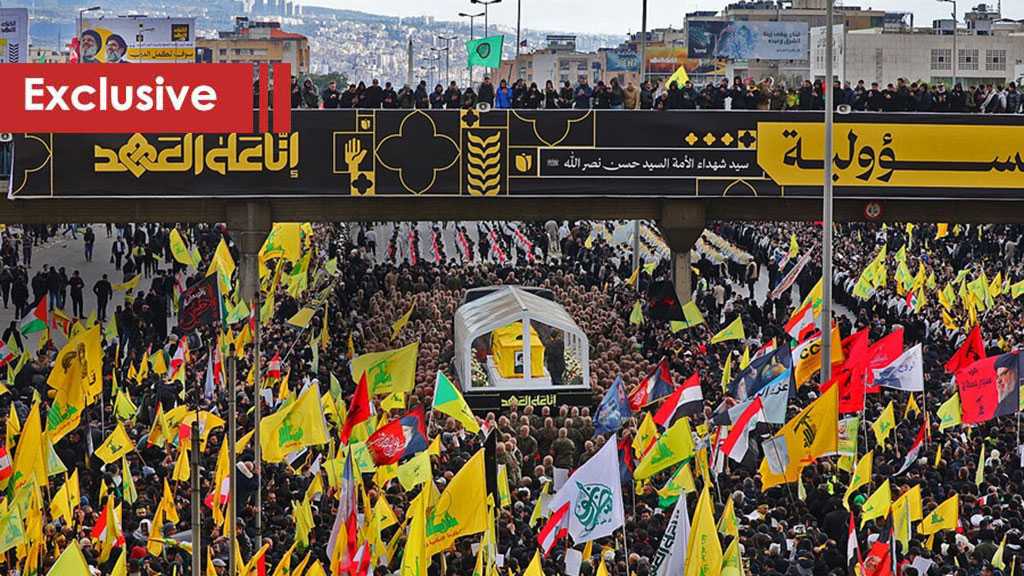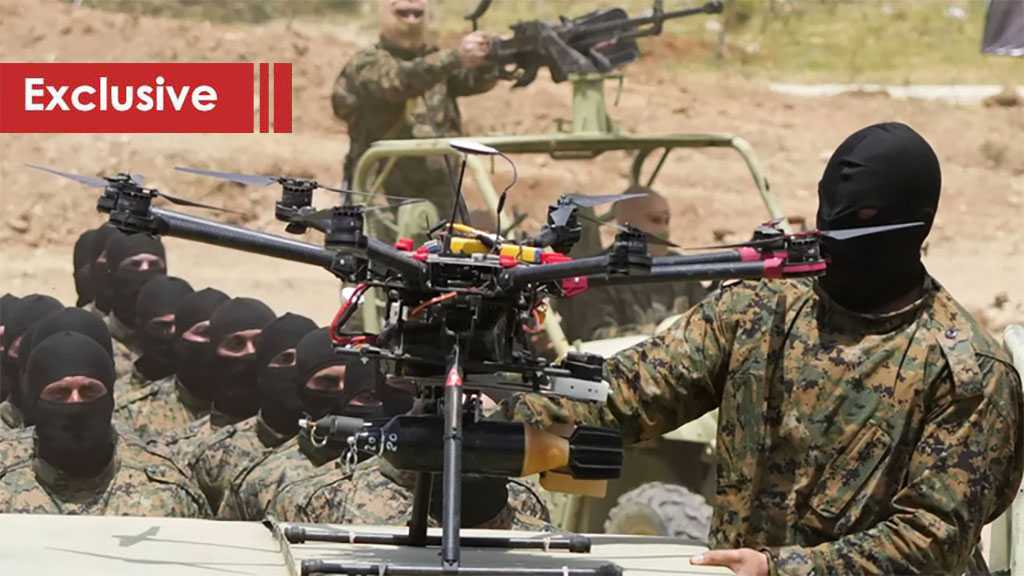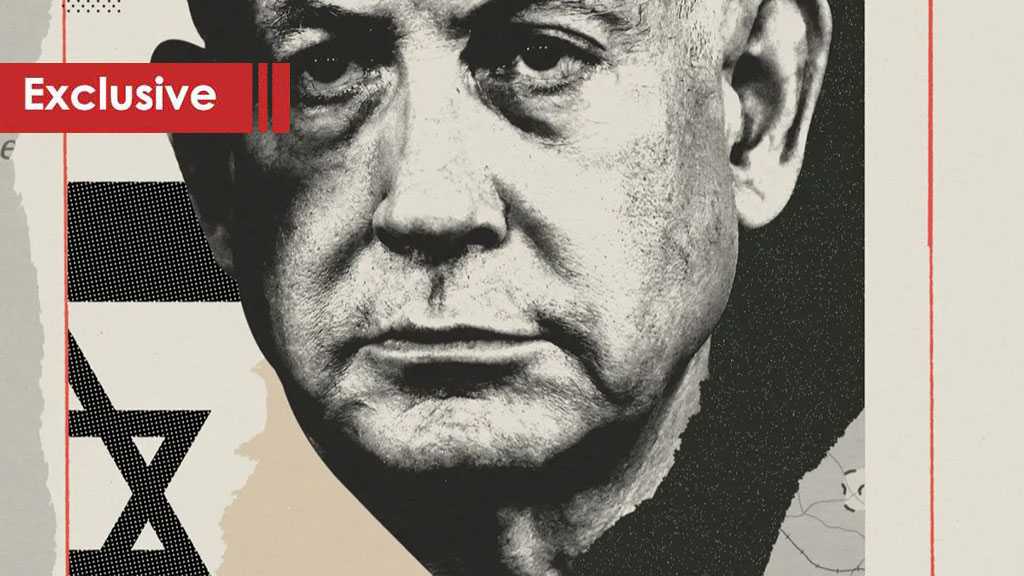Popular Backing in Lebanon Blocks US Moves

By Israa Al-Fass
The adversaries of the Resistance approach the Lebanese file with the mindset of seizing—rather than missing—an opportunity. This comes amid a regional trajectory moving in one direction across several flashpoints: from US–Saudi pressure to dismantle the Popular Mobilization Forces in Iraq, to ongoing blackmail in Gaza under the guise of “negotiations” aimed at disarming the Resistance, to threats and attacks that have failed to shift the balance in Yemen, and even attempts to breach Iran’s security from its northwestern borders.
This approach reflects a clear urgency to settle these files—as if each day that passes without transforming the “Israeli” tactical advances in the region into strategic gains is a wasted chance to decide the outcome of the ongoing struggle over West Asia.
In Lebanon, following the disgraceful decision by the government of Nawaf Salam to approve the American proposal, US envoy Tom Barrack extended congratulations via X [formerly Twitter] to the Lebanese authorities, hailing what he called a “historic and bold decision”. He ended his post with the slogan: “One nation, one army for Lebanon”—a slogan now echoed by Riyadh as part of its campaign to target the arms of Resistance factions in occupied Palestine, Lebanon and Iraq.
Regardless of the slogan’s content and its alignment with a regional reality of fragmentation—where armies are stripped of their arsenals and limited in their sources of armament, leaving them incapable of defending their homelands—the question remains: How do the Americans interpret the current Lebanese reality? And what obstacles do they see preventing them from achieving their objectives there?
The US Institute for the Study of War [ISW] presented its analysis in a report published on August 7 about developments in Lebanon. Notably, the Americans, who champion the slogan “One Nation, One Army” for Lebanon, grouped events in Lebanon, Iraq, Syria, Yemen and Palestine under the heading: “Latest Iranian Developments.” This title encapsulates the conflict’s reality as Washington wants to frame and cement its image.
The report focused on Hezbollah’s leadership restructuring and unit rebuilding, casting doubt on the new structure’s efficiency due to an alleged “lack of experienced leaders,” citing assassinations of senior commanders over forty years and losses from the pager attack. It relied on a questionable Associated Press report claiming that none of those injured in the pager bombings had recovered enough to resume their duties, suggesting the party lost over three thousand fighters.
The report ignored field evidence showing the participation of pager-wounded fighters in recent battles, with some falling as martyrs, as documented by the Islamic Resistance’s war media. Field realities dismantle the claim that Hezbollah lacks experienced commanders. The movement’s operational expertise spans four decades—present directly or through successive generations shaped by that legacy. This cumulative experience was forged in the 1980s, matured through the confrontations of the 1990s leading to liberation, tested in the 2006 war, and further honed across diverse battlefields since then. Recent engagements in border villages reinforced this fact, where just a few hundred fighters—despite assassinations and pager bombings—prevented the “Israeli” occupation forces from establishing a foothold inside Lebanese territory for 66 consecutive days.
The report, which represented a situational assessment by ISW researchers, went on to describe what it labeled “Hezbollah’s weakness,” claiming it was reflected in increasingly bold behavior by the Lebanese government and UNIFIL forces—actions described as unprecedented in their direct challenge to Hezbollah.
It cited several measures taken by the Lebanese authorities: dismissing airport employees, tightening inspection procedures at the airport, enforcing stricter controls at land crossings with Syria, and dismantling resistance military posts south of the Litani River. These measures, the report argued, indicate a serious opportunity to eliminate what remains of Hezbollah’s active presence inside Lebanon.
Another ISW report, published the following day, focused on one issue in the Lebanese context: public backing for the Resistance. While Lebanon’s streets boiled with anger over Nawaf Salam’s decisions and public discourse questioned the implications of those moves, the Americans read the scene differently. The August 8 report noted: “Hezbollah supporters organized protests at 16 different locations across Lebanon, in response to the government’s backing for disarming Hezbollah. Popular backing for Hezbollah remains a major obstacle to reducing its influence in Lebanon in the short term”.
These lines were the highlight of the report, which then attempted to explain the roots of such widespread backing. It reduced support for the Resistance to “financial incentives”, including stipends for martyrs’ families and compensation provided by Hezbollah after the July 2006 war.
This narrative was used to justify Lebanese authorities’ attempts to obstruct reconstruction by restricting financial aid from abroad—aimed at preventing a repeat of Hezbollah’s experience, which, as the institute admitted, “swiftly rebuilt Lebanon and provided a social safety net for Lebanese civilians after the 2006 war”.
But was this really an explanation rooted in a capitalist reading of society? Or was it a distorted portrait of a community that has consistently resisted subjugation, regardless of the cost?
This narrow reading served only to justify the government’s actions, portraying them as part of a wider war to break and subdue the Resistance’s support base. Yet it ignored the deep-rooted causes of popular solidarity with Hezbollah—support that has only grown since its founding, bolstered by its resistance in the 1990s, culminating in liberation, then again during the July 2006 aggression, and at every milestone since, each met with unprecedented public backing.
The American reading appeared incapable of capturing the true nature of the bond between the Resistance and its people—or understanding how that bond often drives society to react ahead of the Resistance itself when facing threats.
This comes at a time when that very society sees any threat to the Resistance and its arms as a direct threat to its own existence—while enduring mounting challenges and daily targeting of its towns and people. All of this unfolds as its adversaries demand total surrender—whether to extermination or slaughter.



